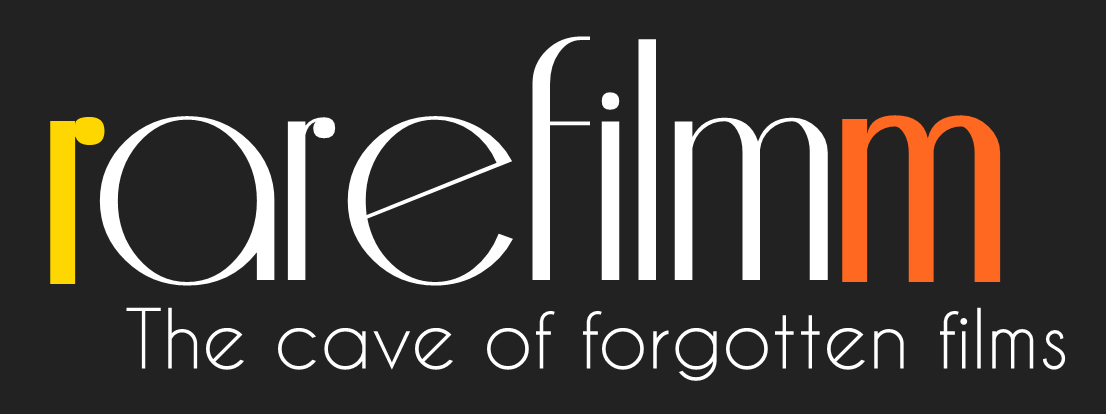Seize the Time was shot in the United States following the activities of the Black Panther Party. Antonello Branca’s film blends fiction and documentary. One only professional actor, Norman Jacobs, goes through simbolic pop visions of american imperialism set against real images like police combings, students marches, drills, interviews. it is an America where black people and above all Pathers are killed and repressed according to a precise plan. The film should have been screened at the Venice Film Festival but Branca prefered to withdraw it due to the unacceptable conditions set by the festival direction.
Category: Documentary
The film opens with a salute to Walt Disney, a pioneer of nature films and animal lover, followed by a compilation of excerpted segments from the True-Life Adventures film series showcasing animals of all kinds depicted in dramatic, fascinating moments of habitats from the American prairie to the North American desert, to Africa, the Amazon jungle and to the Arctic.
A documentary on film director William Wyler (1902-1981), this feature was conceived by his daughter, Catherine, as a loving tribute to him. Utilizing a wealth of film clips, many in black and white, the movie features interviews with Bette Davis, Lillian Hellman, Audrey Hepburn, Charleton Heston, John Huston, Laurence Olivier, Gregory Peck, Ralph Richardson, Barbra Streisand, Billy Wilder, Talli (the former Margaret Tallichet) Wyler, and the director himself. Some of the best of the Hollywood commentary comes from Wyler himself, interviewed only a few days before he died in 1981.
Documentary of a motorcycle trip over the Dolomites in Southern Tirol. The journey begins in Innsbruck, then via Melk to Cortina del Pezzo, traveling up narrow mountain paths around the Three Zinnen peaks (Tre Cime di Lavaredo), climbing up the Tofane to an altitude of 10,640 feet.
The Japanese town of Yanagawa so captivated Hideo Miyazaki on his first visit that he decided to use it as the background for one of his stories. However, he entrusted Isao Takahata with directing the project. The producer of Nausicaä was so impressed with the efforts of the locals to protect the canals that run through the town that he would convert the entire film into a documentary about their peculiar history.
Looks at the work of Brazilian photojournalist Sebastiao Salgado (b.1944). In his monumental photo-essay, Workers, Salgado’s dominant theme is the displacement of manual labor by technological advances. He documents the effects of this new industrial revolution on laborers in Eastern Europe, Cuba, Gdansk, Brazil, India, Sicily, and Bangladesh. Includes archival footage of Salgado’s life and commentary by artists, photographers, critics, and writers such as Jorge Armado, Robert Delpire, Jimmy Fox, and Arthur Miller.
Cinema arrives “for the first time” in the mountains… This Cuban documentary short film gathers the experience of a rural community in the mountains of the east of the island, where the cinema arrives for the first time, thanks to the mobile cinemas created for this purpose by the Revolution. The spectator receives the different emotions that an audience of men, women and children from the countryside provokes when they see the first film of their lives: “Modern Times”, by Charles Chaplin.
In Six O’Clock News, Ross McElwee pursues murder, mayhem and catastrophe the same way he pursued southern women in Sherman’s March. Made after McElwee becomes a father and finds himself at home watching a lot more TV, he becomes obsessed with the nightly tales of calamity reported on by the local news. This fascination soon turns into another cross country journey to unearth the full stories of those affected. As McElwee pursues this project he also finds himself in Hollywood preparing to direct a feature based on a fictional character much like himself.
